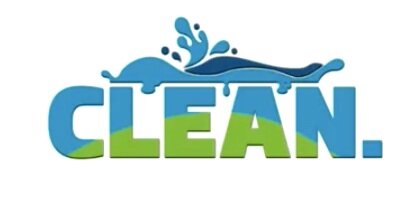The spread of aquatic invasive species (AIS) can be prevented by each and every one of us!
Watercraft Inspection Stations Are Mandatory.
It is mandatory to stop at ALL watercraft inspection stations between you and your destination in Montana, Alberta, and British Columbia. Watercrafts include commercially-hauled, motorized and non-motorized boats, including kayaks, canoes, rafts, stand-up paddle boards, drift boats, etc. Inspections are mandatory for passing watercraft in every state and province in the west!
Photos Provided by MT FWP
Are you Headed to a waterbody in Alberta, British Columbia, Montana?
Learn more about each jurisdiction’s aquatic invasive species program by clicking on the links below. To get additional information, find a station on your route, or to report something suspicious on your boat, call a number below. Special rules apply in some jurisdictions, such as:
All watercraft used outside of the state of Montana must be inspected prior to launch;
All watercraft coming from outside of the Flathead Basin must be inspected prior to launch within the basin;
All watercraft with uninspectable water holding compartments (such as ballast tanks) are prohibited from launching in Glacier National Park;
Motorized boats are required to quarantine for 90 days prior to launching in the waters of Waterton National Park.
Know before you go!
How can I help stop the spread of aquatic invasive species?
Clean. Drain. Dry.
Everyone that enjoys lakes and rivers needs to be proactive about keeping our waters free of aquatic invasive species. If you are using your boat in a number of different water bodies, or especially if you bring a boat from another province or state, make sure to CLEAN, DRAIN and DRY your boat and equipment.
Clean and inspect boats as well as any gear that has been in contact with water before leaving a water body. Thoroughly wash and remove all mud, plants, fish, and animals.
Drain and eliminate all water from equipment before leaving a water body. This includes water in wells, ballast, and the bilge.
Dry your boat and equipment for as long as possible. Some AIS are microscopic and can survive in dirt, sand, and on plant fragments outside of water for many days or even weeks.
Stop at Inspection Stations
It is mandatory to stop at watercraft inspection stations. Explore the interactive map to find an inspection station near you! Visit British Columbia and Montana’s websites for their most up-to date information on inspection stations.
Report invasive Species if you see them
As you enjoy a day on the water, keep an eye out for aquatic invasive species. Use the Crown of the Continent Aquatic Invasive Species field guide to help you identify any suspicious plants or critters. Always report any AIS you discover (numbers to call can be found above). Photos, estimated population size, location (GPS or landmarks), and species samples are helpful!
About Aquatic Invasive Species
Aquatic invasive species are non-native plants or animals that can have negative impacts on our health and threaten commercial, agricultural, aqua-cultural or recreational activities dependent on lakes and rivers in the Crown of the Continent Ecosystem.
Aquatic invasive species can spread quickly and can live out of water for up to 30 days. Once introduced to a waterbody, they are virtually impossible to eradicate. Aquatic invasive species can not only damage your boat and equipment, but can cause millions of dollars in damage by to infrastructure by clogging power plant and water intakes as well as irrigation piping and canals.
Our work Keeping AIS o-u-t!
In 2012, the Crown Managers Partnership launched an aquatic invasive species (AIS) prevention strategy pilot in the Alberta portion of the Crown of the Continent. At the time, there was no AIS prevention strategy in place. The pilot project began with an AIS risk assessment workshop that led to the development of a five pronged strategy to tackle AIS: Communications, Education and Outreach; inspections; monitoring; legislation, policy and planning; and establishing a 1-800 number.
Since then, the Crown Managers Partnership has created a Crown of the Continent Aquatic Invasive Species guidebook to help land managers and members of the public identify aquatic invasive critters and plants. As we move into the future, we plan to:
1. Track new invasive species, forest insects/disease detections throughout the Crown of the Continent (and nearby/adjacent areas);
2. Continue to follow and provide outreach in the Crown of the Continent on emerging threats;
3. Work with management agencies on addressing threats (detected and emerging); and
4. Coordinate with and assist management agencies with monitoring, outreach and whatever other measures might be needed/appropriate












